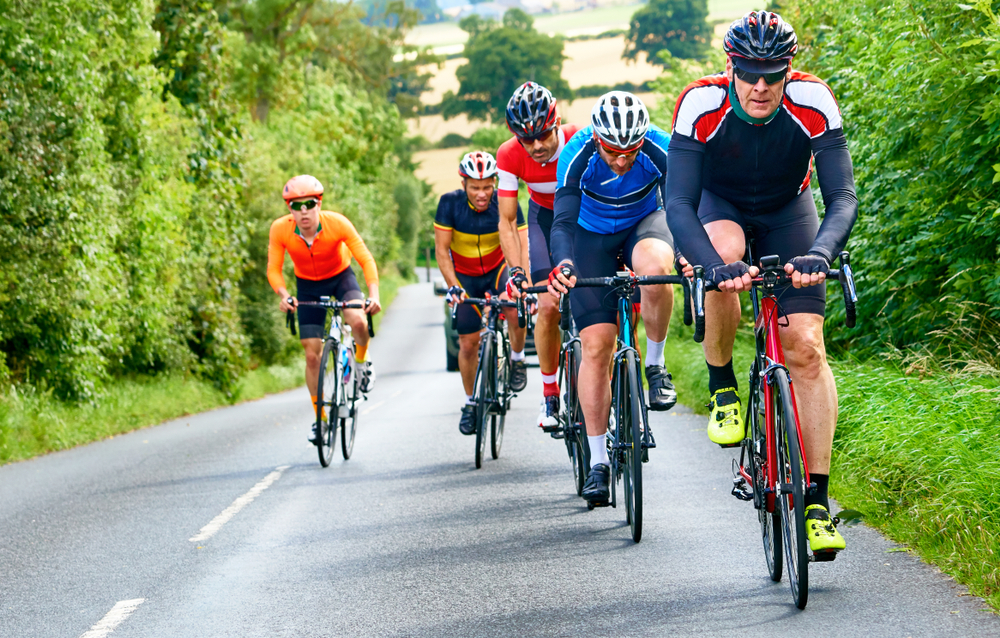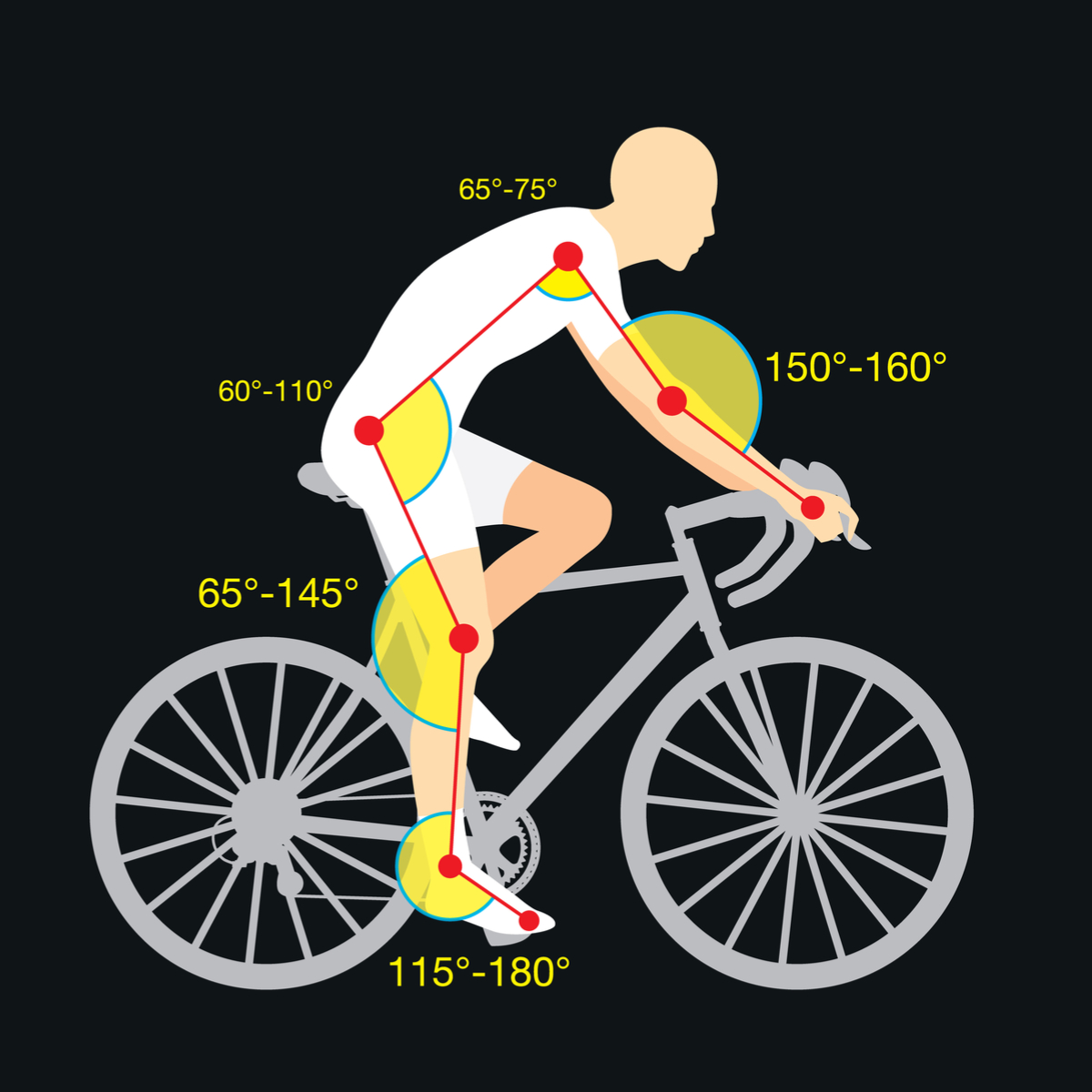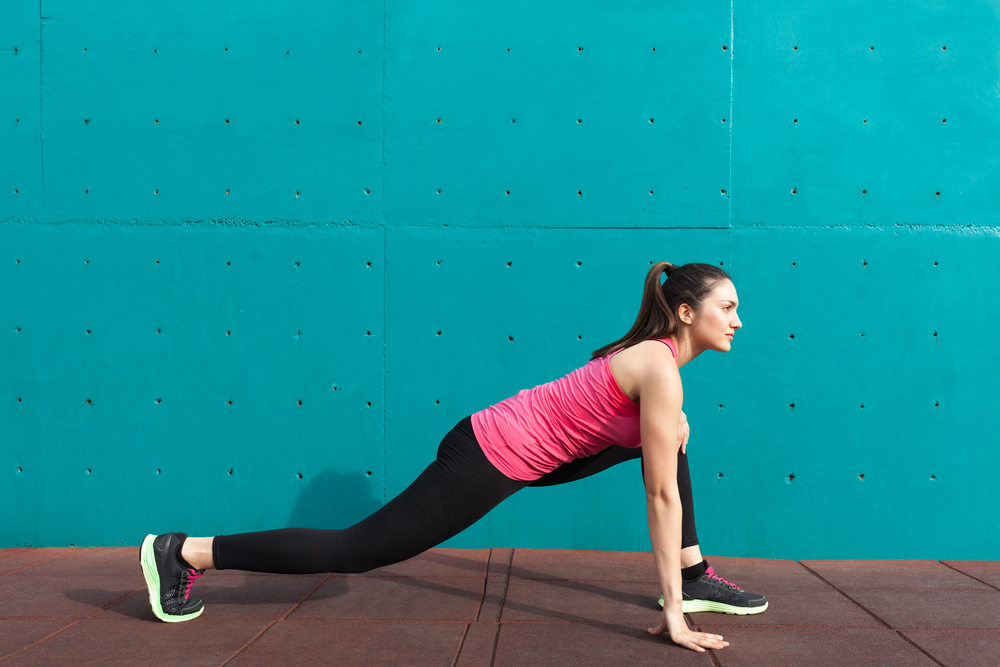Physiotherapy for Cyclists
• Acute injuries associated with falls from the bike.
• Overuse injuries associated with too much training, incorrect bike fit or strength/endurance deficits of the rider.



What are common cycling injuries?
• Impact injuries: These can range from bruises and abrasions to broken bones. Minor impact injuries get better with time, but more significant injuries need specific physiotherapy to restore the body part back to full function.
• Knee pain: In cyclists this is most commonly a result of either patellofemoral pain, which causes pain at the front of the knee, or iliotibial band syndrome, which causes pain on the outside of the knee. Commonly associated with incorrect bike fit and/or weakness in the key muscle groups that control the pedal stroke.
• Back pain: Common in people who also sit a lot during their working day, back pain when cycling can be associated with poor flexibility of the spine, poor muscle strength of the trunk or may be due to an incorrect bike fit.
• Wrist, hand or arm pain: In cyclists, pain in this region is most commonly associated with an incorrect bike fit. In some cases, it may also be associated with a previous injury or repetitive strain at work.
• Neck pain: Also common in people who sit a lot during their working day or need to use portable devices, neck pain when cycling can be associated with poor flexibility of the neck and shoulders, poor muscle strength of the muscles that support the head or may be due to an incorrect bike fit.
• Foot pain: During cycling, foot pain and/or numbness may be due to incorrect cleat placement or set-up, poor fitting shoes, inadequate support for the arch of the foot or excessive tension on the nerves that supply the foot. It may also be associated with an injury that you also feel off the bike.
How do you treat cycling injuries?
Each cycling injury is unique, and each cyclist has different reasons why they sustained the injury. In general, there are several key aspects that need to be addressed when assessing and treating an injury. These include:
• Bike fit: Assessing a cyclist’s fit is vital to understanding the contributing factors to any overuse cycling injury. A proper on-bike assessment and bike fit can reveal any problems with bike position, as well as any deficits in the rider’s biomechanics. A proper bike fit can reduce the risk of injury, make you more comfortable and improve your power output on the bike. Check out our bike fitting page to find out more.
• Weakness in important muscle groups: Often associated with poor cycling biomechanics, weakness of certain muscles can lead to excessive strain on the injured tissue. Key muscle groups for cyclists include the gluteals, the quadriceps and the calf muscles. Often if these muscles have been weak for a long time, even after you strengthen them you must specifically address your cycling technique too, as the body can adopt incorrect biomechanics.
• Programming error: Increasing your distance or intensity too soon can lead to cycling injuries as the body does not have enough time to develop and adapt to the increase in stress. Careful planning of your training is important to allow your body to recover from an injury while still maintaining cycling performance.


How can you prevent cycling injuries?
Prevention is always better than a cure, and most overuse cycling injuries are preventable. Addressing the factors below can significantly reduce your risk of cycling injuries:
• Strength and conditioning: Including resistance training twice per week has been shown in many studies to have a large effect on reducing risk of injury. Resistance training should include all the major muscle groups that are important to cycling, such as the calves, quadriceps, hamstrings, gluteals, trunk and upper back muscles.
• Address incorrect bike fit and biomechanics: Have your bike fit assessed by an expert and address any faults that may be placing excessive strain on certain body parts. This works best when addressed together with a strength and conditioning program to ensure that your muscles also have enough strength and endurance.
• Nutritional and lifestyle factors: Some injuries can be associated with poor nutrition, such as not eating enough to recover adequately from training or not eating enough of the key nutrients such as iron and calcium. Talk to a registered dietitian to assess your diet more carefully and discuss your individual needs.
• Correctly fitting bike shoes: Every cyclist has individual needs when it comes to shoes, as no two cyclists will have the same biomechanics or the same shaped feet. It is important to wear a shoe that is comfortable, allows your foot to move in the correct way but still provides adequate support for the arch of the foot to encourage efficient delivery of power from your legs. Insoles can also play an important role for many cyclists.
If you are ready to make an appointment, visit our make a booking page and get started today.
Get Active!
For more, visit our Frequently Asked Questions page.
If you would like to ask a question about our services or anything else, visit our Contact Us page to get in touch.
If you are ready to make an appointment, visit our make a booking page and let us help you with your fitness or recovery.

